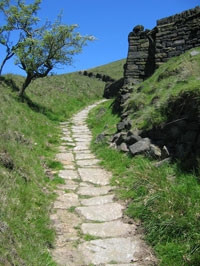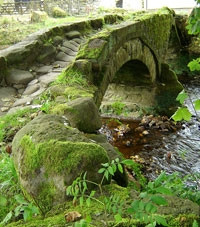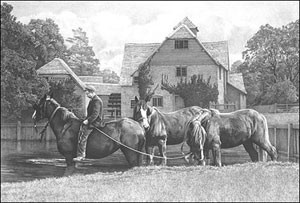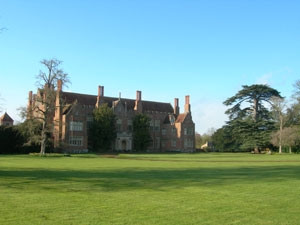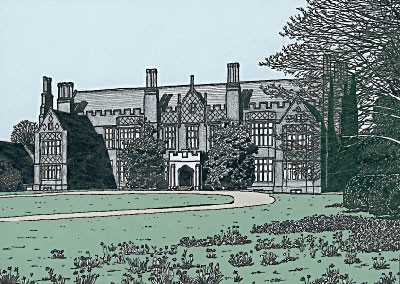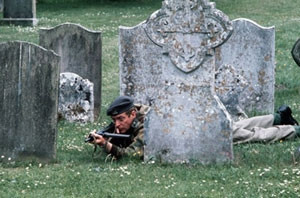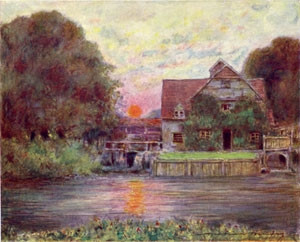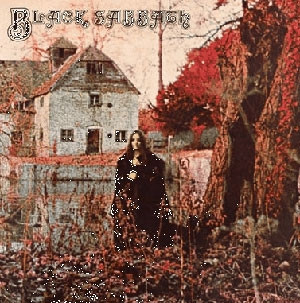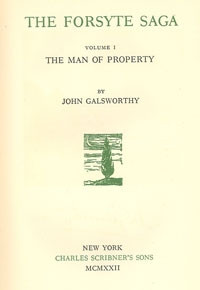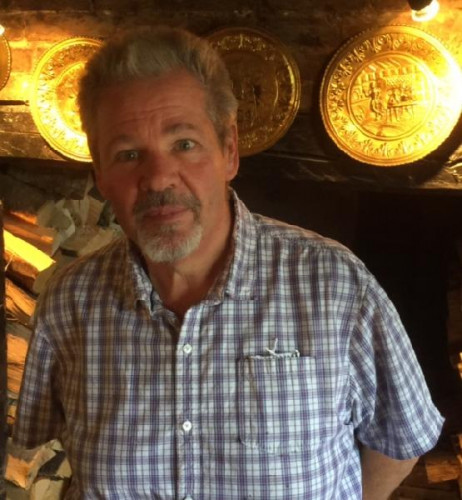The Pack Horse is a former farmhouse on the Mapledurham House estate, dating from the 17th century.
The name 'The Pack Horse' tells a story. Pack horses were used to transport goods to inaccessible locations until the coming of the first turnpike roads and canals in the 1700s, when wagons, coaches and canal boats evolved. Away from main routes however, the use of pack horses, often in large teams, persisted into the 1800s, and has left a history of old paths across more remote areas called pack horse roads.
One characteristic feature of the pack horse roads were guide stones or 'stoops'. These were predecessors to the milestones which featured on turnpike roads. Guide stones were usually located at the junction of several tracks, and were carved with directions to local market towns, sometimes with mileages indicated. The official 'mile' only went onto the statute books in the early 19th century, so the distances found on guide stones are 'customary' miles, often grossly underestimating the true distance. Rather, the stones simply provided an approximate guide, providing the traveller with a rough idea of where they were in relation to the other places listed on the stone.
Ancient pack horse paths can often be identified by distinctive narrow and low sided stone arched pack horse bridges, which can still be found at various locations - along with tell-tale names of public houses which existed to provide rest and refreshment for the carriers. Which is where we came in.
Sitting on the banks of the River Thames, Mapledurham is a quiet, rural village. Although lying quite close to Reading, the only road access is by a steep, narrow lane making the village difficult to reach, which has helped to maintain its unspoilt tranquillity.
Despite its quiet location, Mapledurham has many connections within the world of film and literature, thanks in the main to the exquisite Mapledurham house which lies in the heart of the village, and which remarkably has been owned by the same family for over 500 years.
Poet Alexander Pope was familiar with Mapledurham due to a long time courtship with Martha Blout. The Blouts bought the manor in 1490 and it has been passed through generations ever since. From 1707-1715 Alexander Pope was a frequent visitor to the estate visiting both Martha and her sister Theresa. Pope quarrelled with Theresa in 1716 for unknown reasons but his friendship with Martha lasted until his death in 1744.
Kenneth Grahame, author of Wind in the Willows, lived in Pangbourne, a couple of miles upstream from Mapledurham, and it is believed that Mapledurham House and Mill provided the inspiration for the Wind in the Willows' 'Toad Hall', as well as featuring in EH Shepard's illustrations for the book. It is a stunningly beautiful house, and the similarity of Toad Hall to Mapledurham house is inescapable.
Here is the wonderful description of Mole's first encounter of the river in Wind in the Willows: "He thought his happiness was complete... Never in his life had he seen a river before - this sleek, sinuous, full-bodied animal, chasing and chuckling, gripping things with a gurgle and leaving them with a laugh... Glints and gleams and sparkles, rustle and swirl, chatter and bubble..."
The nearby Quarry Wood is also thought to be where, in Grahame's charming narrative, Mole gets lost in the storm and is rescued by Ratty - who leads him to the safety of Badger's hidyhole.
In 1976 the famous wartime blockbuster, 'The Eagle Has Landed', starring Michael Caine, Donald Sutherland, Larry Hagman and Robert Duvall, was filmed at Mapledurham, renamed Studley Constable in the film.
Mapledurham Mill leat (the channel carrying water to the mill) is the scene of the dramatic rescue of a local girl by a German paratrooper, which results in the unmasking and ultimate failure of the raid.
If you look closely on a brick wall next to the watermill, you'll find Michael Caine's autograph discreetly etched amongst hundreds of other initials and signatures. The church was the scene for a dramatic shootout, with a jeep being blown up as it enters the church yard, and a cottage in the village was where Larry Hagman met his end.
To add a more contemporary note, Mapledurham Mill is also the backdrop in the image on the cover of Black Sabbath (album), by the band of the same name, lead singer of which is Ozzy Osbourne.
Mapledurham house was also utilised by John Galsworthy for the later chapters of the famous 'Forsyte Saga' trilogy, where it was the weekend country estate of Soames Forsyte.

